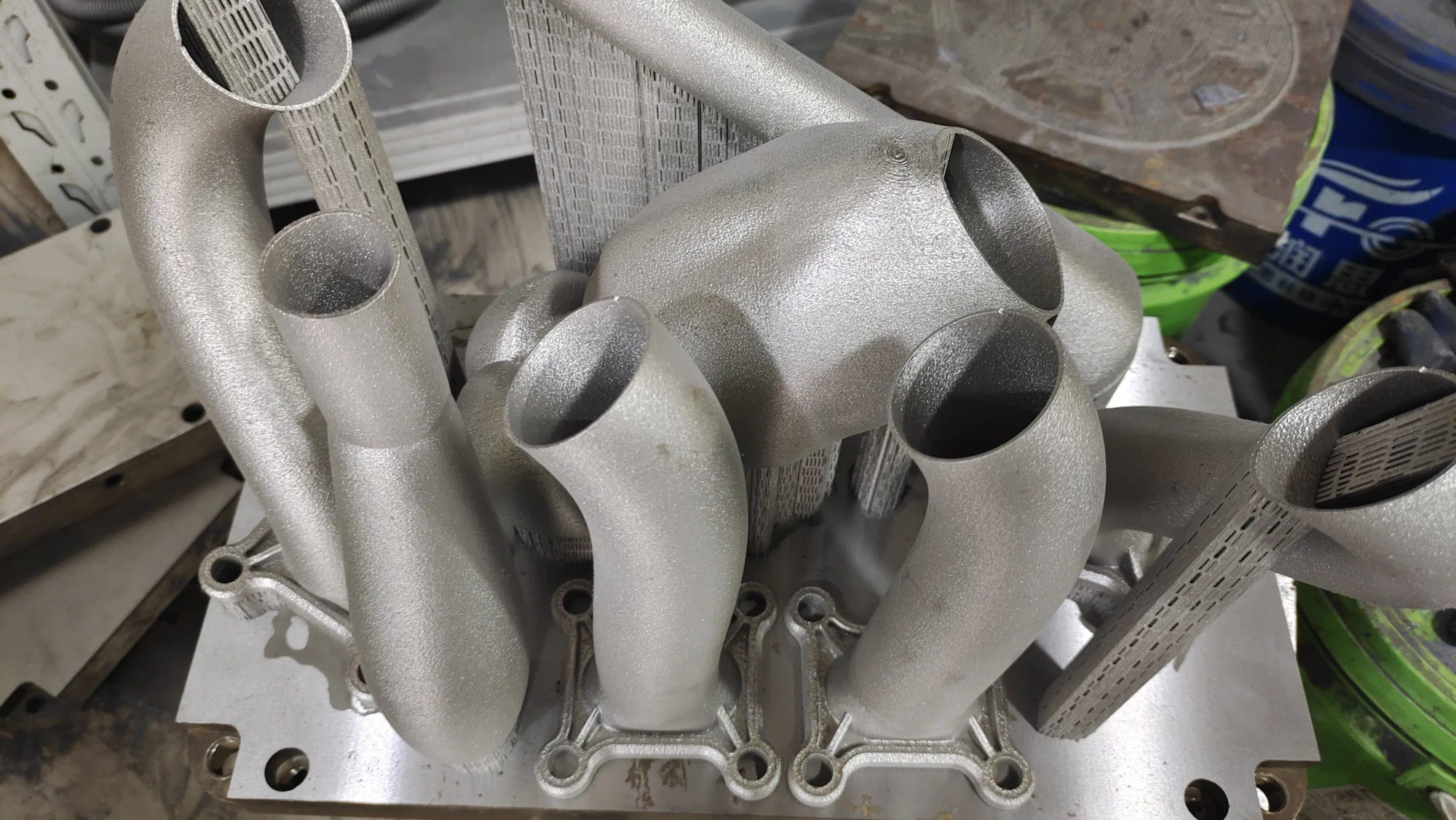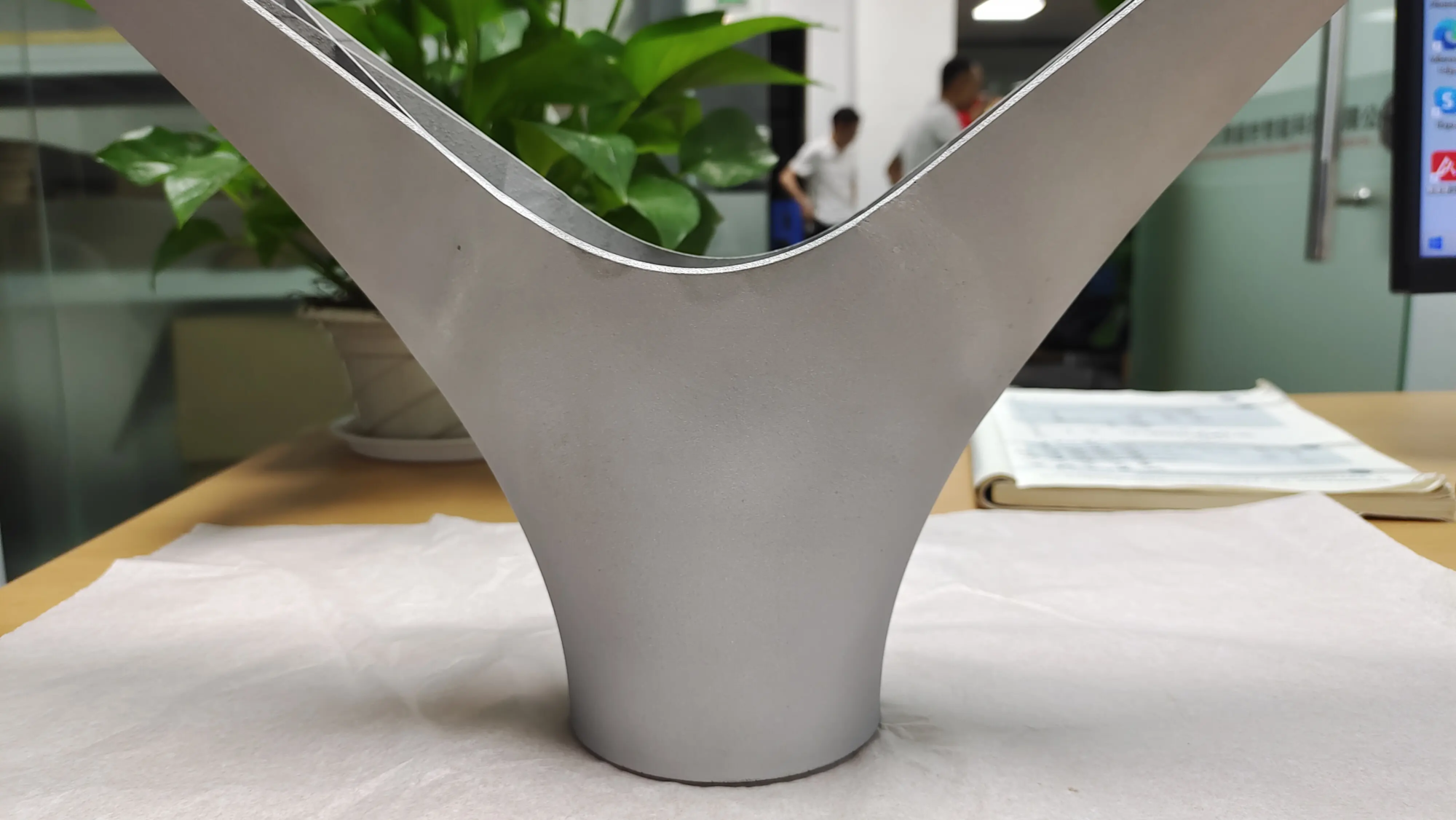Survival Science: How Greatlight Designs 3D Printing Wins in the Egg Drop Challenge
In the field of engineering, the egg drop challenge is through the ritual of the ceremony, a monotonous and simple test that requires a clever solution. At Greatlight, we not only competed. We redefined it. Use tip SLM (Selective Laser Melting) 3D Printingwe made a protective capsule that not only survived the 30-foot drop, but also demonstrated the untapped potential of rapid prototyping in solving complex real-world problems. This is how we turn vulnerability into resilience.
Why egg reduction challenge is important
The goal seems simple: design a structure to protect the alive eggs from impact rupture. However, under this simplicity, there is a physical puzzle glove:
- Energy absorption: Convert kinetic energy into deformation.
- Weight optimization: Minimum mass for maximum protection.
- Structural accuracy: The geometry that spreads pressure from the egg.
Traditional Balsa wood or foam solutions are usually bulky and iterative. We embraced 3D printing to design a smarter solution – a faster, lighter and scientifically accurate solution.
Greglight’s method: mastery of metal 3D printing
Take advantage of our fleet Industrial SLM 3D Printerwe turn the computational model into reality in less than 48 hours. Here is the workflow that ensures our success:
Generate design:
Using topology optimization software, we created a lightweight titanium alloy (TI6AL4V) lattice structure. The algorithm traditionally produces complex internal geometries, i.e. traditionally processable-genetic curves and gradient density cells, which absorb shocks like microsprings.Materials Science Edge:
Titanium is not arbitrary. We chose it Strength to weight ratio (960 MPa tensile strength) and energy dissipation characteristics. For customers, we have expanded this expertise – providing material customization from aluminum to non-organized based on application requirements.Zero tolerance printing:
Our SLM printers fuse micron thin layers at 1,600°C to achieve a density of nearly 100%. Layer adhesion is monitored by in-situ sensors to prevent voids, which is a key factor in the possibility of a single defect breaking the egg.- Post-processing accuracy:
The capsules are rough from the printer and oxidized. Our internal organization team has applied Chemical polishing To eliminate microstressed risers, uniform surface compression is then performed using microshaping. A focus on detail turns printed parts into components that can perform performance.
Descent Test: Verify Physics
We gradually lowered the titanium capsule by three drops, up to 50 feet. result? Zero breakage. High-speed lenses reveal how the lattice collapses predictably, guiding impact waves laterally. Eggs in bionic silicone lining (formed using our uroalkane casting service 3D), experienced a force of <2 g, a force of <2 g - a survival threshold below the 5 g threshold.
Beyond Eggs: Industrial Applications
This exercise is not only fun research and development. It validates the principles we deploy for our customers every day:
- Medical implants: Imitate the titanium lattice and encourage organizational integration.
- aerospace: Energy-absorbing drone components that can survive in 100 g+ impact.
- car: Customized debris areas are printed within 72 hours for crash test prototypes.
As our chief design engineer Paul Stevens pointed out: "Speed is important, but physics is even more important. This project proves that we can iterate quickly No Sacrifice scientific rigor."
Great Difference
While enthusiast printers use plastic for egg drops, we choose metal for a reason: It reflects the high-risk demands of industries that cannot choose failed. Our Closed-loop service ecosystem Ensure that each prototype meets aerospace-grade standards from concept (generated design support) to post-treatment (bead blasting, anodizing or heat treatment).
in conclusion
The Egg Descent Challenge is the epitome of engineering’s biggest task: taming chaos with intelligence. At Greatlight, our SLM 3D printing capabilities translate theoretical optimization into real-world resilience, whether it’s protecting eggs or jet engine turbines. Through fusion computing design, metallurgical expertise and ruthless precision, we provide rapid prototype solutions that not only meet specifications. They redefined what was possible.
Are you ready to test the limitations of innovation? Work with your next breakthrough.
FAQ
Q1: Why use metal 3D printing instead of plastic to resist impact?
Metal alloys, such as titanium alloys, absorb energy through controlled deformation (plasticity), while plastics usually bounce or break. For critical weight applications, metal lattices provide excellent strength per gram.
Q2: How quickly can Greatlight provide functional prototypes?
Most metal prototypes shipped 3-5 working days– Includes design, printing and finishing. Emergency projects can use the expedited 24-hour service.
Question 3: Which industries benefit the most from SLM printed parts?
SLM stands out in aerospace (lightweight stents), medical (porous implants) and automotive (heat-resistant devices). Any application that requires complex geometry + metal properties is ideal.
Question 4: Can you copy traditional manufacturing finishes?
Yes. Our post-processing labs offer milling, EDM, CNC and custom paints to achieve anything from mirror polishing to textured grip surfaces.
Q5: How does Greatlight ensure partial accuracy?
We use a closed-loop printer calibration, post-construction CT scan for void detection (down to 5 microns) and ISO 9001 certified QA protocol.
Q6: Are your materials ASTM certified?
Absolutely. Our internal material library includes ASTM F3001 (titanium), F3318 (stainless steel) and AMS 5662 (Inconel) – all traceable and sintered tests.
Q7: Which design file format do you accept?
We support steps, IGES, STL and 3MF. Our engineers can also use SolidWorks or Fusion 360 to perfect the design.
Question 8: Do you also deal with low-volume production?
Yes! SLM printing seamlessly transitions from prototype to batch 500+. Cost efficiency reaches a peak of 50–200 units.
Promoting prototypes into imagination is not only our job, but it is perfect. ✨
Contact Greglight Start your project.



